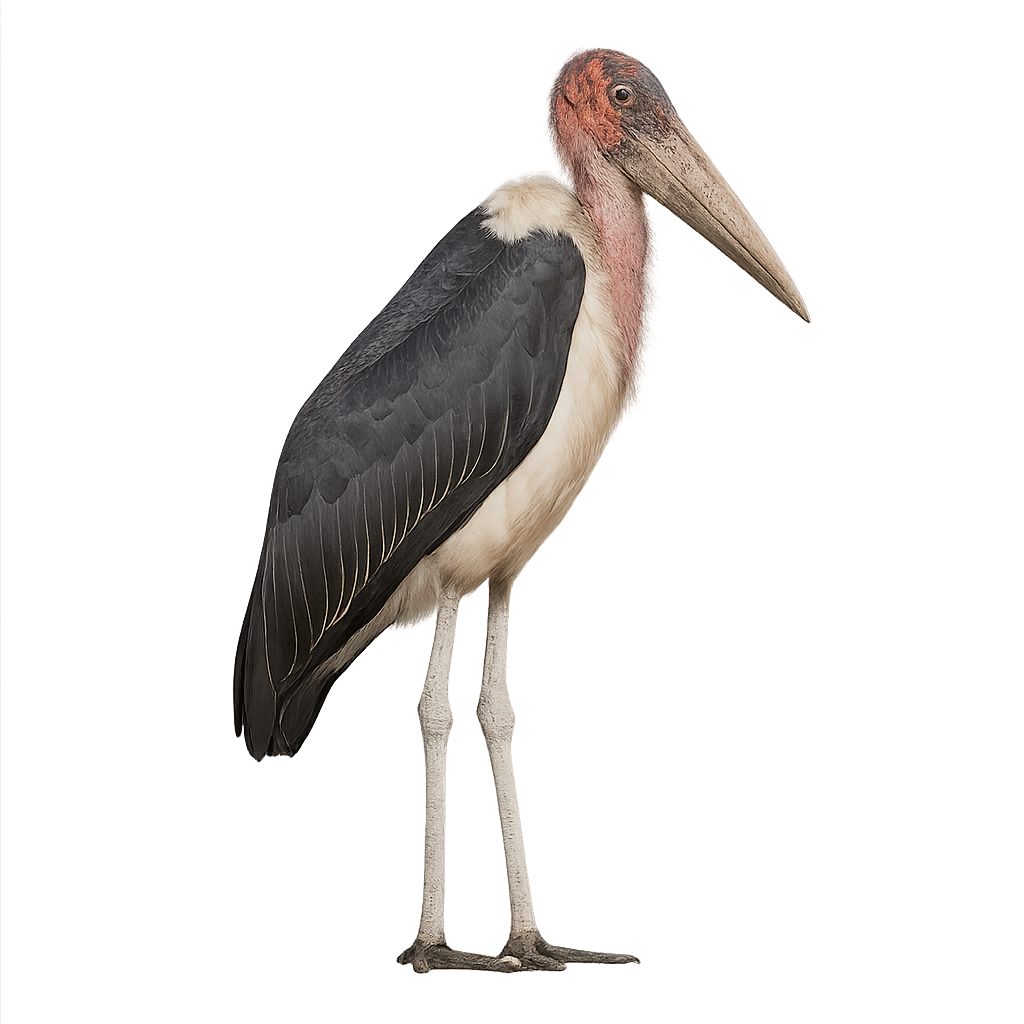Your wildlife photography guide.
Explore the marabou stork in detail, study its behavior, prepare your shots.
Where to observe and photograph the marabou stork in the wild
Learn where and when to spot the marabou stork in the wild, how to identify the species based on distinctive features, and what natural environments it inhabits. The WildlifePhotographer app offers tailored photography tips that reflect the marabou stork’s behavior, helping you capture better wildlife images. Explore the full species profile for key information including description, habitat, active periods, and approach techniques.
Marabou stork
Scientific name: Leptoptilos crumenifer

IUCN Status: Not Threatened
Family: CICONIIDAE
Group: Birds
Sensitivity to human approach: Suspicious
Minimum approach distance: 10 m
Courtship display: December to February
Incubation: 30-33 jours
Hatchings: January to April
Habitat:
Marshes, wetlands, dumps
Activity period :
Primarily active during the day, with peak activity in the morning and late afternoon.
Identification and description:
The African marabou is a large wading bird native to sub-Saharan Africa, easily recognized by its bare head, long neck, and mostly white plumage with black shades. It primarily lives in open areas near bodies of water, where it feeds on fish, dead animals, and waste. While it is not threatened, it is often associated with urban environments and can be seen in dumps. It is a solitary bird with a rather slow and discreet approach.
Recommended lens:
300 mm – adjust based on distance, desired framing (portrait or habitat), and approach conditions.
Photography tips:
Photograph the African marabou using a telephoto lens to capture its characteristic features and behaviors in its natural habitat. It is best to photograph early in the morning or late in the afternoon, when the light is soft and the bird is more active. Be patient, as this bird is generally slow and discreet.
The WildlifePhotographer App is coming soon!
Be the first to explore the best nature spots, track rutting seasons, log your observations, and observe more wildlife.
Already 1 432 wildlife lovers subscribed worldwide

